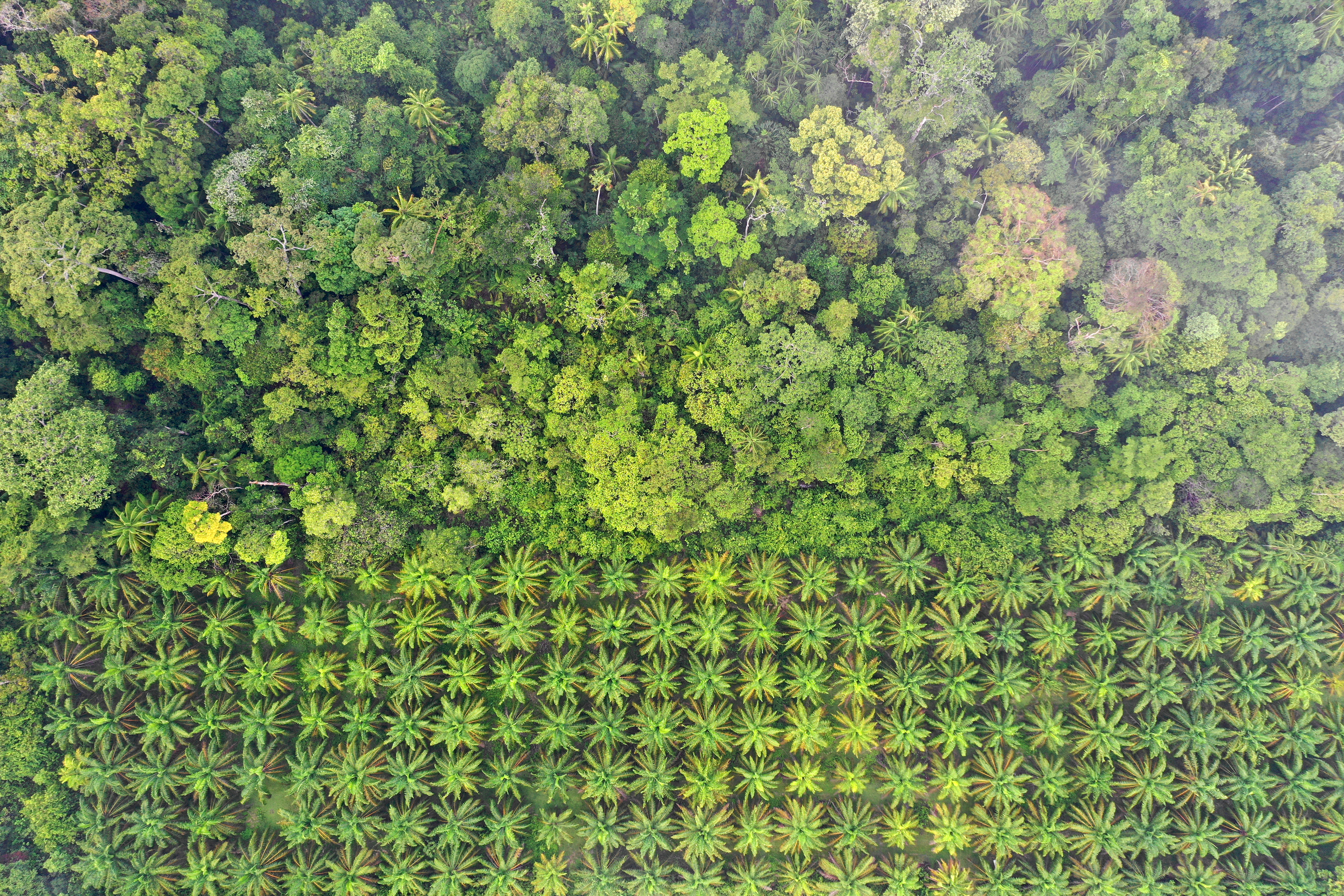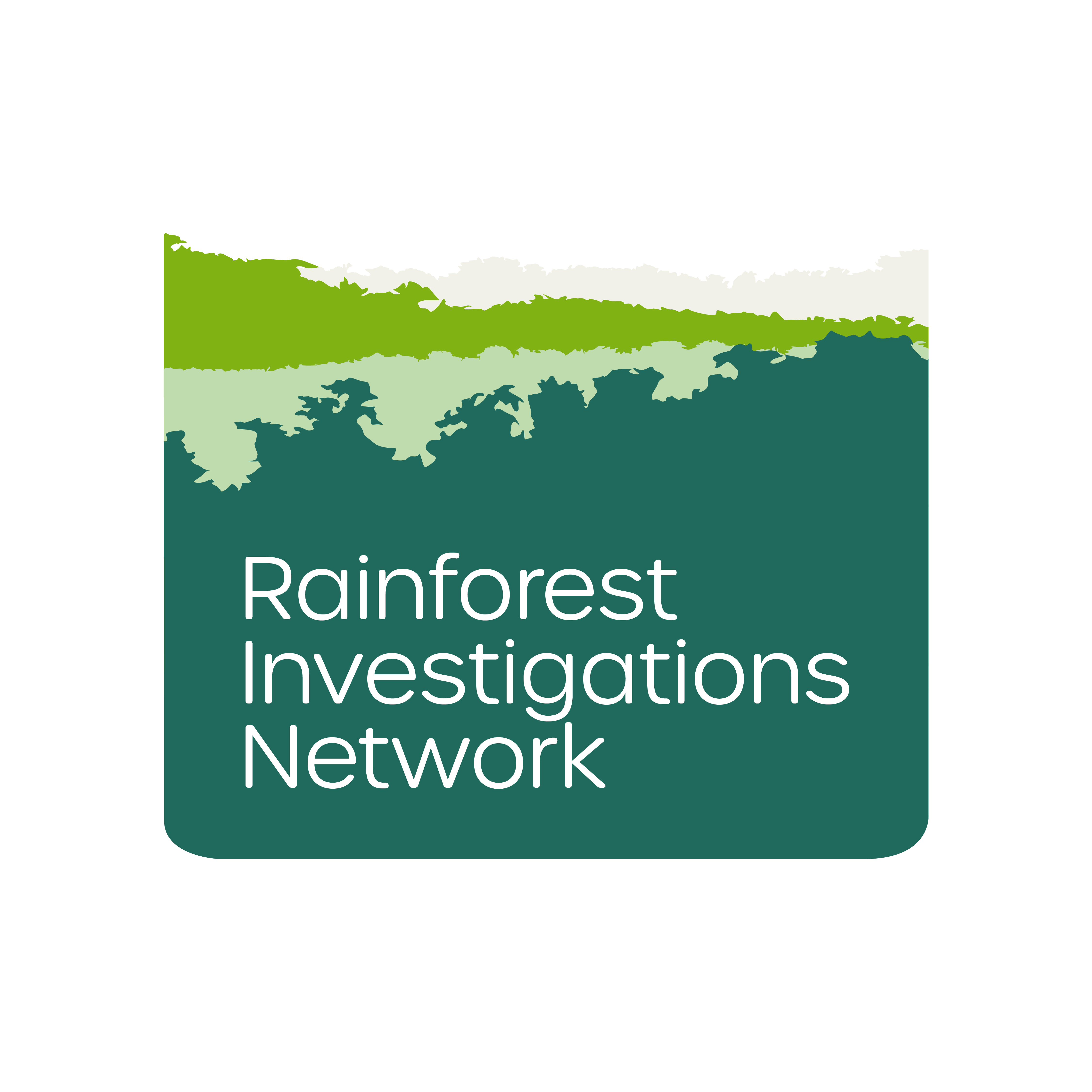This is Part 3 of our four-part #LadangHutan series.
ON A NOVEMBER afternoon after a drizzle, planter Sia Beng Hock stands by a dirt road in the Relai Forest Reserve, Kelantan. Around him, batai trees (Falcataria moluccana, also Paraserianthes falcataria) with small, rounded leaflets grow in the valleys and over the hills.
However, to the untrained eye, there is no batai — only a mass of trees, shrubs, and weeds. Sia had cleared the 200 ha site (“just small trees,” he recalls) and replanted it with thousands of this fast-growing tree two years ago.

Whistleblowers and others in possession of sensitive information of public concern can now securely and confidentially share tips, documents, and data with the Pulitzer Center’s Rainforest Investigations Network (RIN), its editors, and journalists.
“Now it looks like a natural forest, right?” he says, repeating the phrase several times over the next half-hour. “We have returned it to nature.”
That forest plantations like his can be “natural” is an important point for Sia to emphasise. The 61-year old wiry man, tanned from 30 years of logging forests and replanting trees, knows that environmental groups are criticising forest plantations for clear-felling forest reserves.
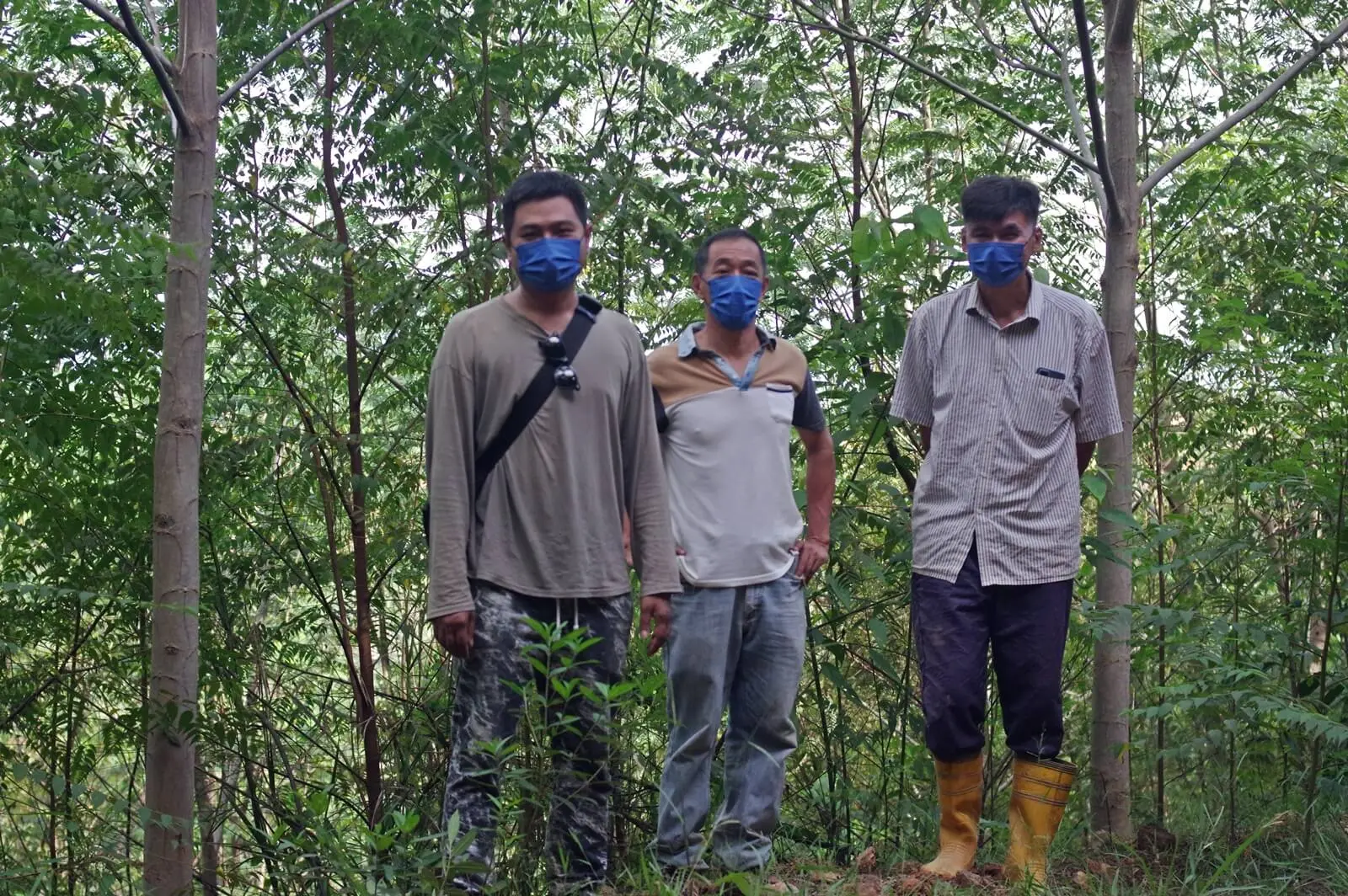
In the last two decades, forest plantations have emerged as a main driver of forest loss in Peninsular Malaysia. Kelantan tops the chart. The state government has approved the clearing of 118,088 ha of forest reserves (“reserves”) for plantations since 2007.
It could still clear about 80,000 ha to reach the cap of 199,000 ha zoned for forest plantations. That cap is 32.6% of its reserves.
Zahari Ibrahim, the deputy director-general of the Forestry Department Peninsular Malaysia in Kuala Lumpur, told Macaranga that forest plantations are easier to manage than natural forests. They are thus better at supplying timber and could ease logging pressure off natural forests.
“That’s why Kelantan is smart to plan early for forest plantations,” said Zahari. He was the state’s forestry director in 2014-2019.
But forest plantations are outside the comfort zones of many loggers and forestry officers used to natural forests. As they tackle new challenges and stumble, sustainability goals remain out of reach.
A grave concern is that most forest plantation projects in reserves have failed to replant the sites they have cleared. This is obvious in Kelantan.
Since 2007, these projects have cleared at least 118,088 ha of reserves, but the state records only a third of that or 40,506 ha as established forest plantations in 2020. (This number includes a small but undetermined area inherited from before 2007.)
Abdul Khalim Abu Samah, the Kelantan state forestry director since August 2020, is upset by the dismal replanting. He explains that many of the projects were approved to loggers who turned out to be interested only in clearing the reserves.
“When we started in 2006, 2007, we had no SOP (standard operating procedures) to check if [the applicants] were interested in logging or planting,” he says.
So, were forest plantations used as an excuse to clear-fell reserves? Abdul Khalim replies with a grunt: “Yes.”
He has initiated a new rule to retract plantation projects that had not been replanted after 3 years. In late 2021, his office was canceling about 30,000 ha of such abandoned sites; these would be offered to “genuine planters,” he says. “We will improve.”
While Abdul Khalim seems determined to rectify the problem of abandoned and neglected forest plantations, his success hinges on decisions beyond him.
For one, he needs more boots on the ground. That is a long-running problem highlighted in the Auditor General’s 2006 report on Kelantan’s forestry department. In late 2021, Abdul Khalim’s office had 70-odd forester positions unfilled, despite having received interest from thousands of applicants for 30 positions a few years ago. “The state hasn’t filled [the positions],” he says “what can we do?”
And forestry has had to give way to other state priorities. A phone call from the Menteri Besar could change plans, says Abdul Khalim.
When the state government wants an area in a forest plantation zone used for water catchment, mines, or conversion to Sultanate land, foresters would have to rezone and find new replacement areas. Between 2016 and 2019, the forest plantation zones have “changed a lot,” he says.

But perhaps what worries Abdul Khalim the most is his department’s outdated database. He could not vouch for the forest plantation numbers printed in the department’s annual reports.
“We report to the headquarters (in Kuala Lumpur), but whether [the planters] planted or not, we don’t know,” he admits in a surprisingly frank manner. “If I don’t know what happens to my forests, that’s not right.”
He has tasked his officers to compile and verify the data on the ground. “So next time when people ask, I know [the answers].” And he wants the database completed before he retires in July 2022. “This is my legacy.”
While there are many rogue planters, fortunately for Abdul Khalim, there are committed planters as well.
In fact, there are at least 30 of them, according to Sia of the batai plantations. He is president of the Kelantan Forest Plantation Association. Its 30-odd members run forest plantations on leased land inside reserves in Kelantan.
Sia himself owns 5,000 ha and plants mostly rubber trees, as do most planters there. They will cut and replant their trees for timber in cycles: 20 years in the case of rubber trees, and 7 years for batai.
Sia distances himself from unscrupulous planters. Concerned environmental groups “should interview our association’s members, all of whom do plant, then they would understand how we do it.”
In fact, Sia is hopeful but cautious about the forest plantation industry. His initial high hopes for good returns have been subdued by price swings, labour shortages, and pests (he keeps a rifle in his car for wild boars and relies on electric fences to thwart elephants).
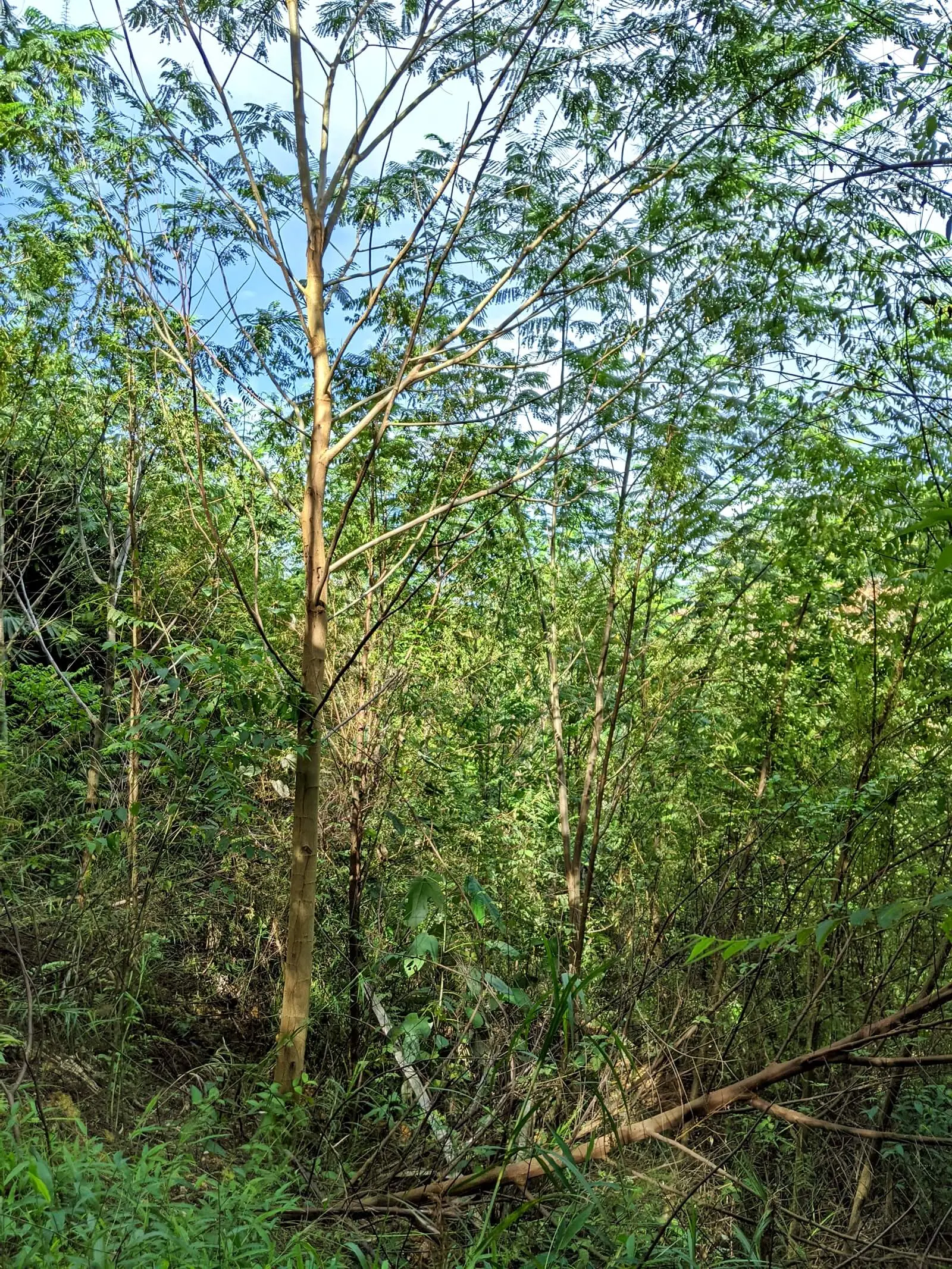
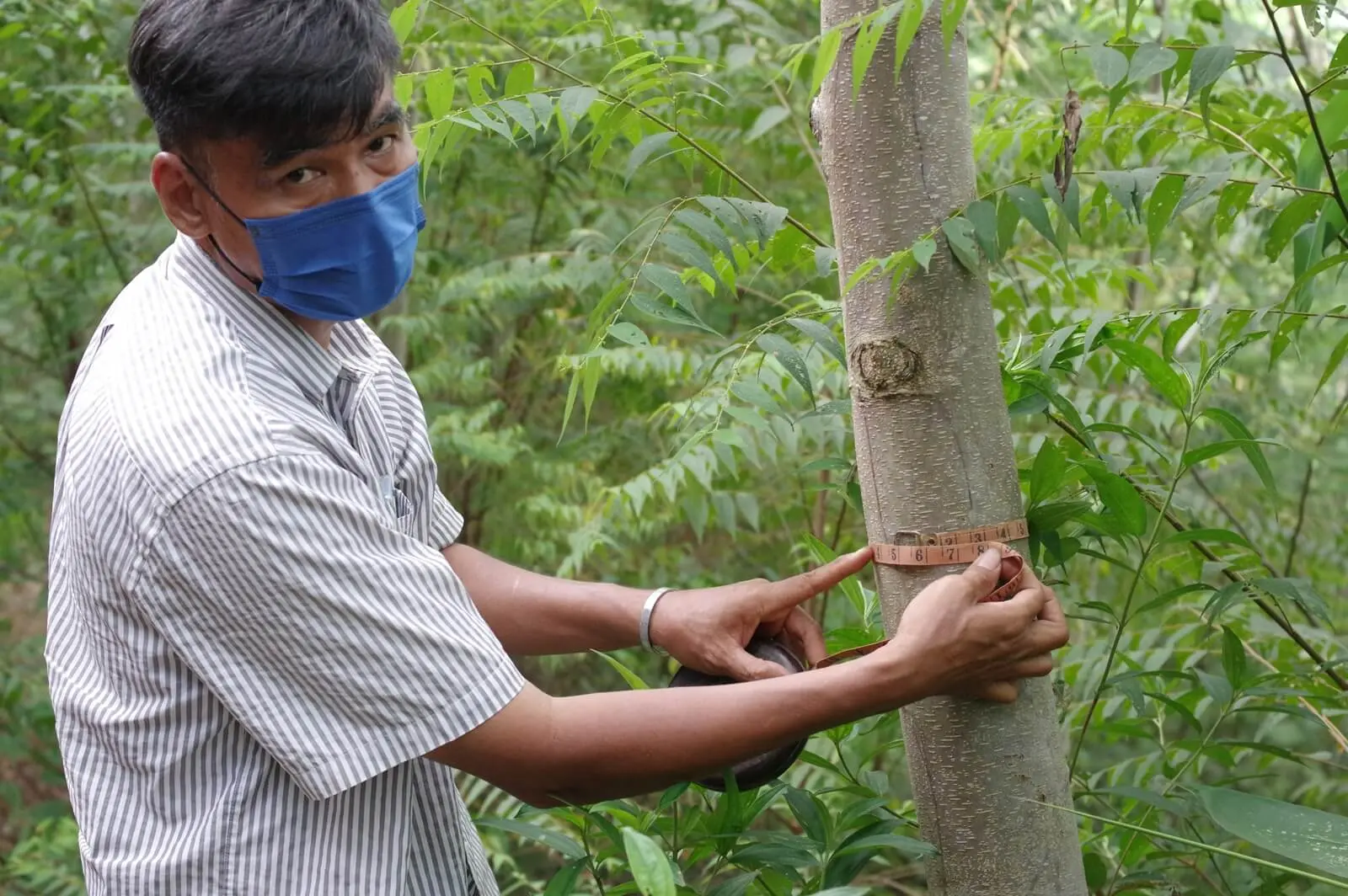
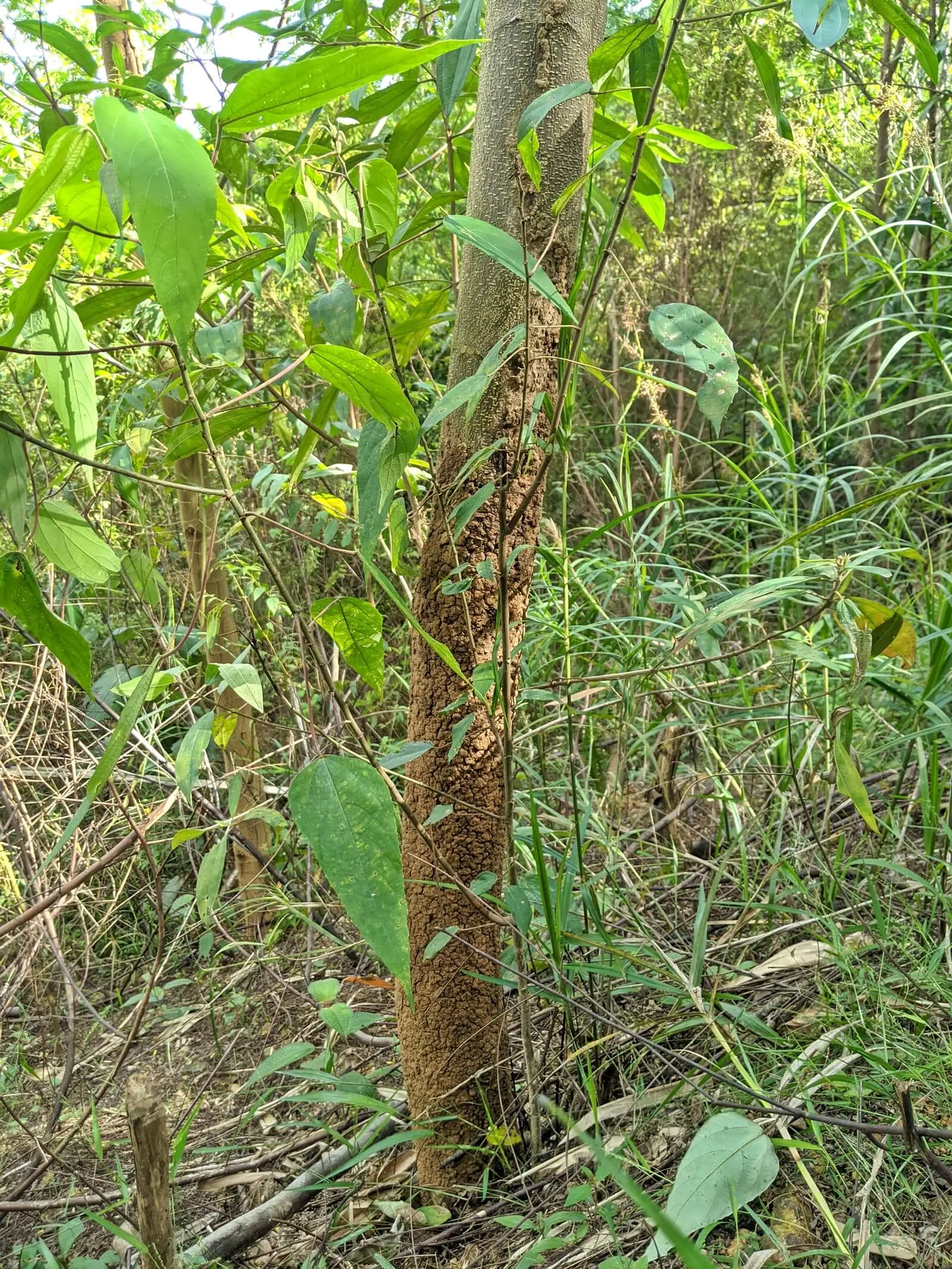
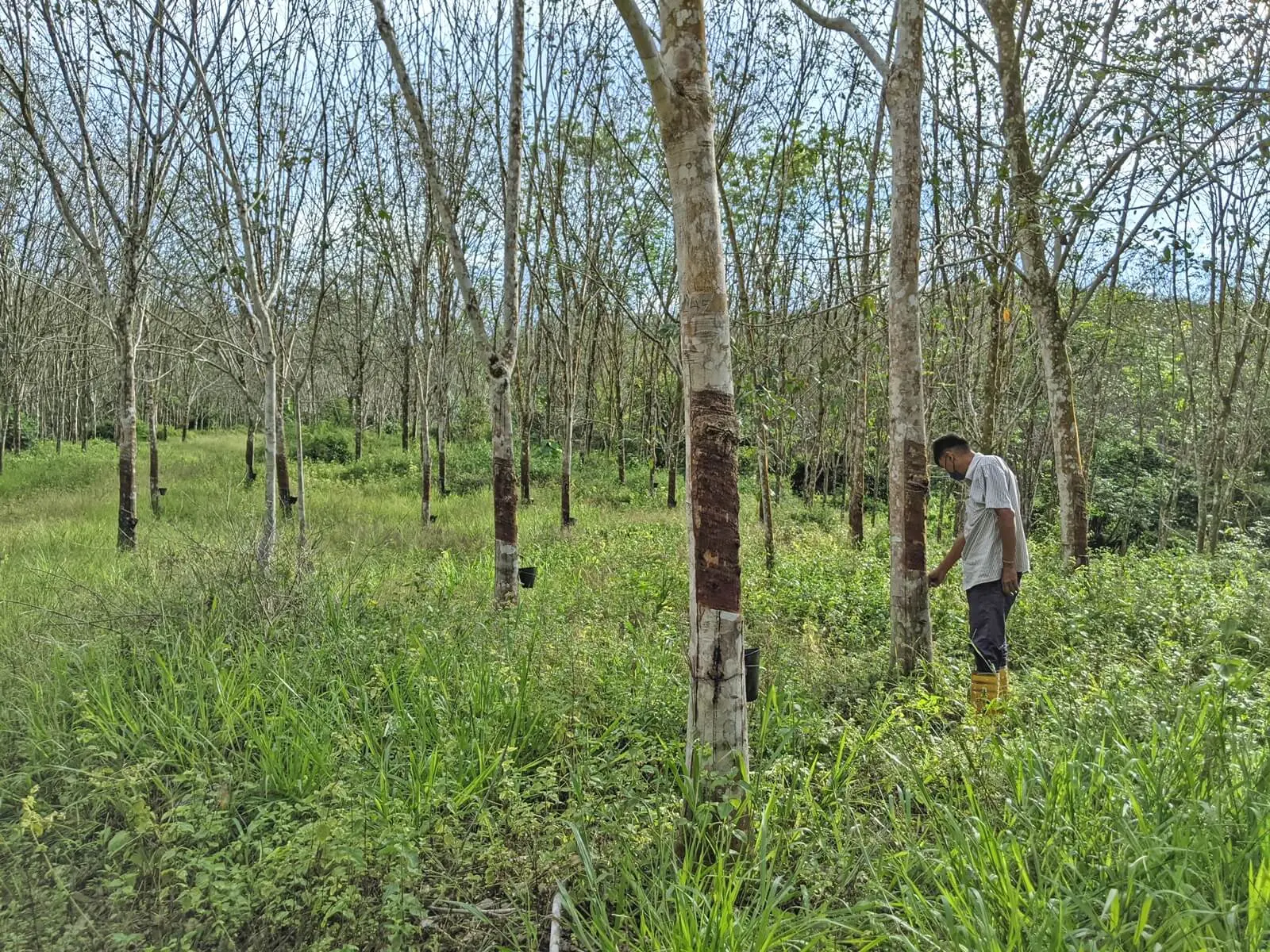
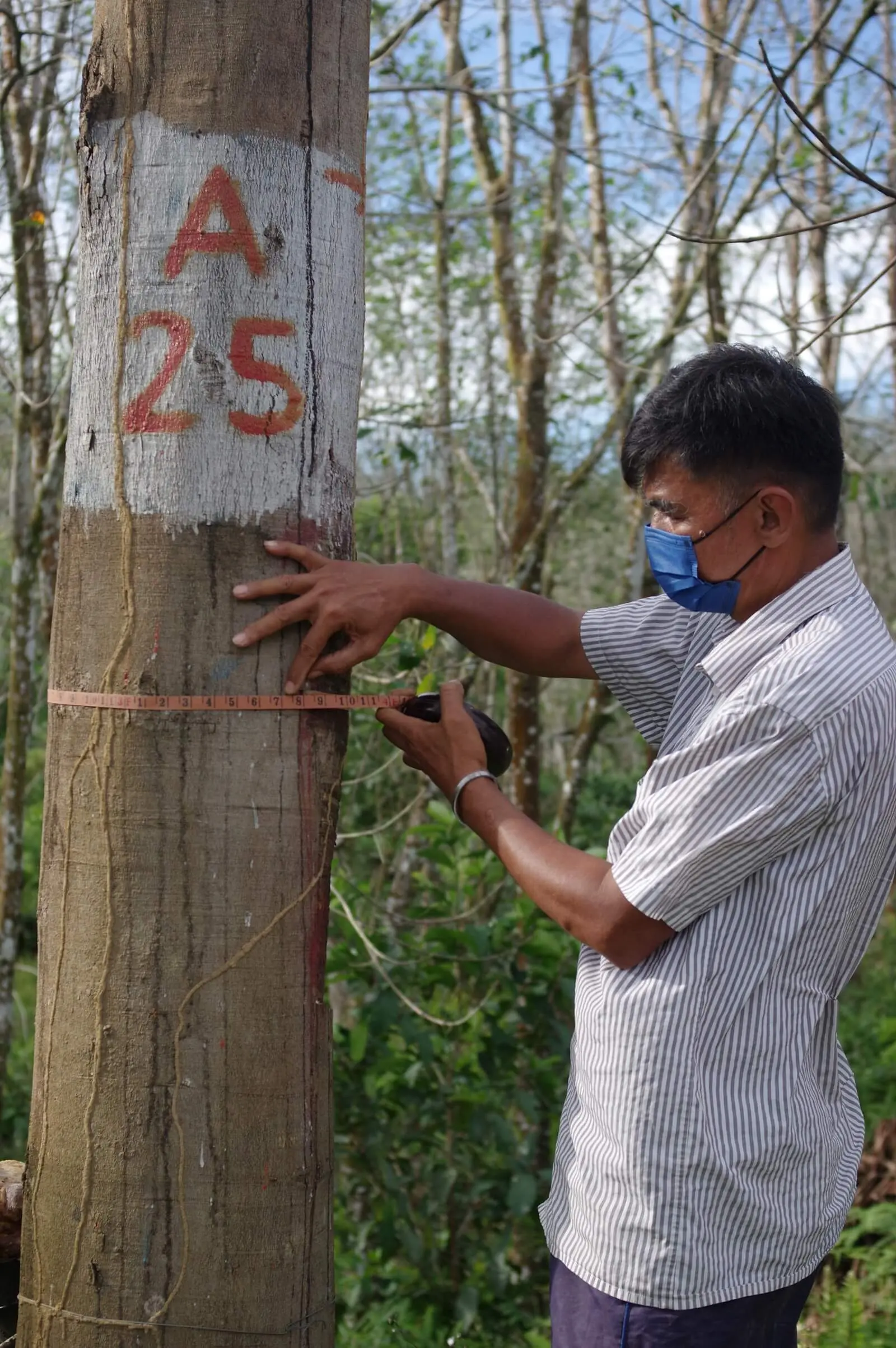
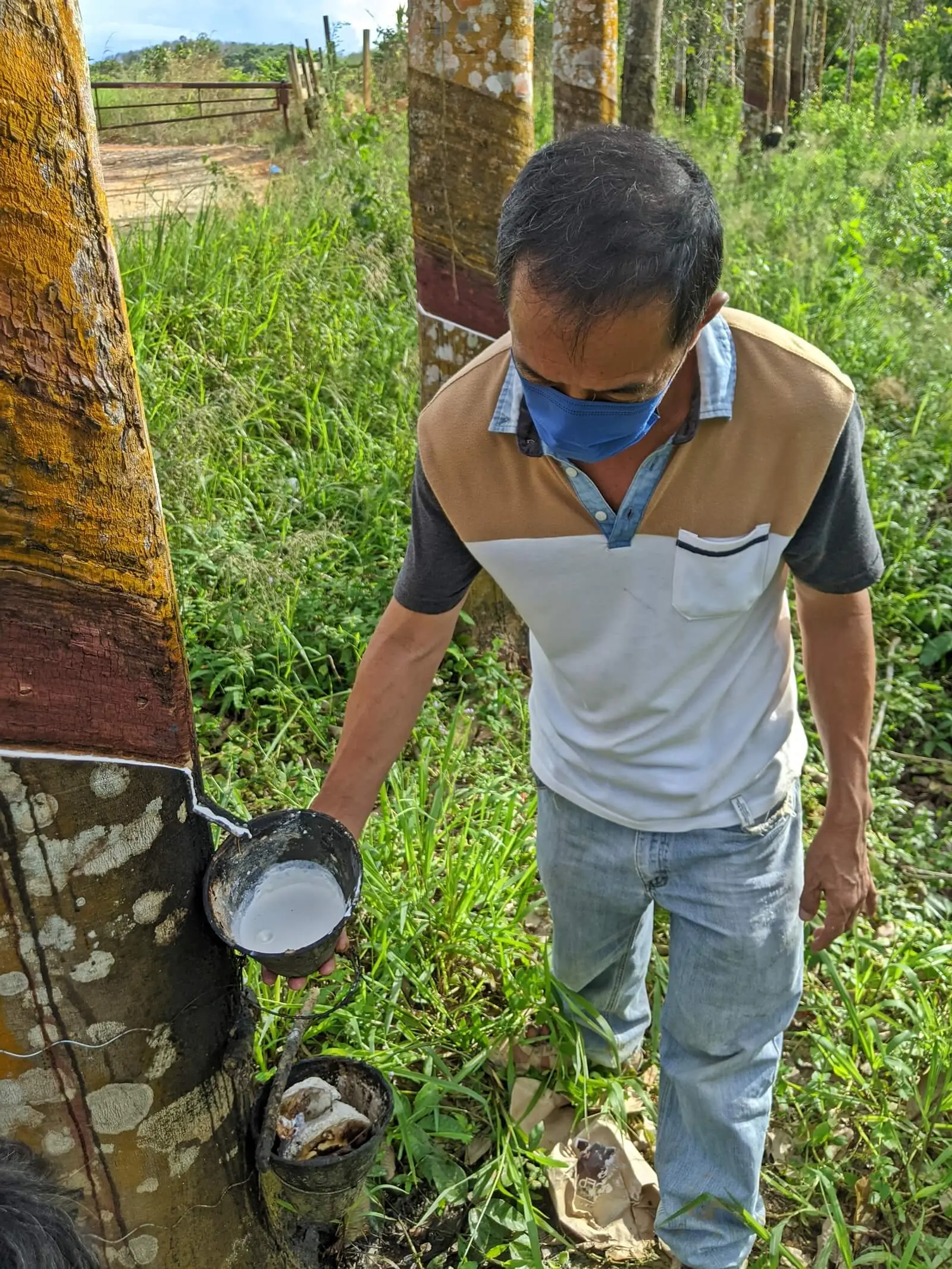
Forest plantations are essentially farms of fast-growing trees grown for timber. Throughout the 20th century, state agencies in Peninsular Malaysia have initiated plantations of exotic and native trees. None have achieved commercial success.
In the 2000s, the federal and state governments turned to the private sector to develop plantations. Forestry agencies promoted the Timber Latex Clone variety of rubber trees to provide the domestic furniture industry with rubberwood.
But rubber forest plantations are struggling. Rubberwood logs remain one of the cheapest timbers in the market, suppressed by an export quota that benefits domestic furniture makers. And the perennial labour shortage has hit critical levels with the pandemic.
For Sia, all but 50 of his 400 tappers have left the country since 2020. He could not hire new ones because Malaysia has momentarily blocked new foreign labour (though the oil palm industry gets special allocations).
The drought in workers is a nightmare for all rubber planters. Latex goes uncollected and weeds overtake their fields. One grower calls it a “noose around our necks now.”
In response, planters have been switching from rubber trees to less labourious alternatives like batai. Sia has converted his nursery from rubber to batai, sowing seeds he bought from Indonesia.
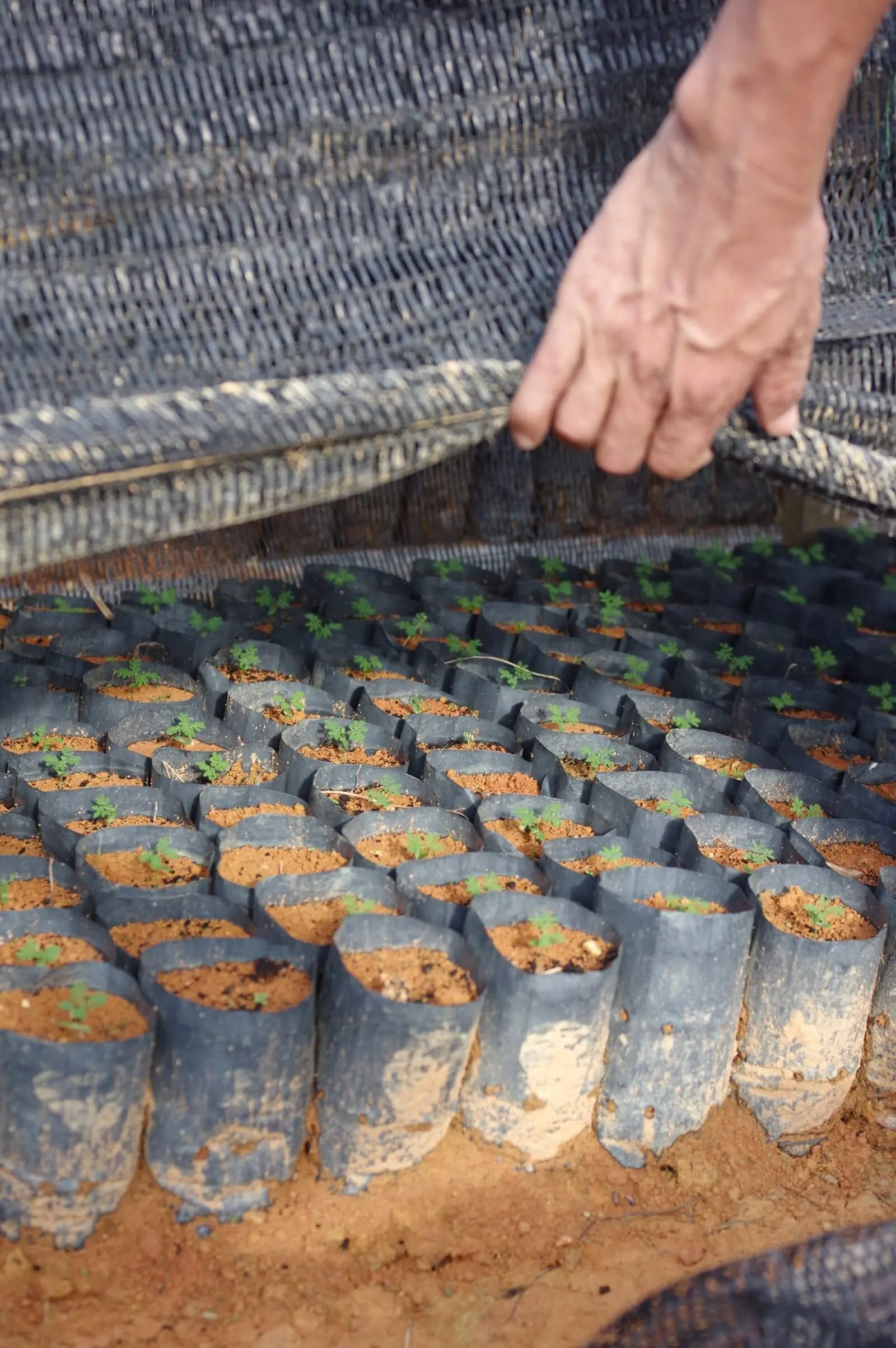
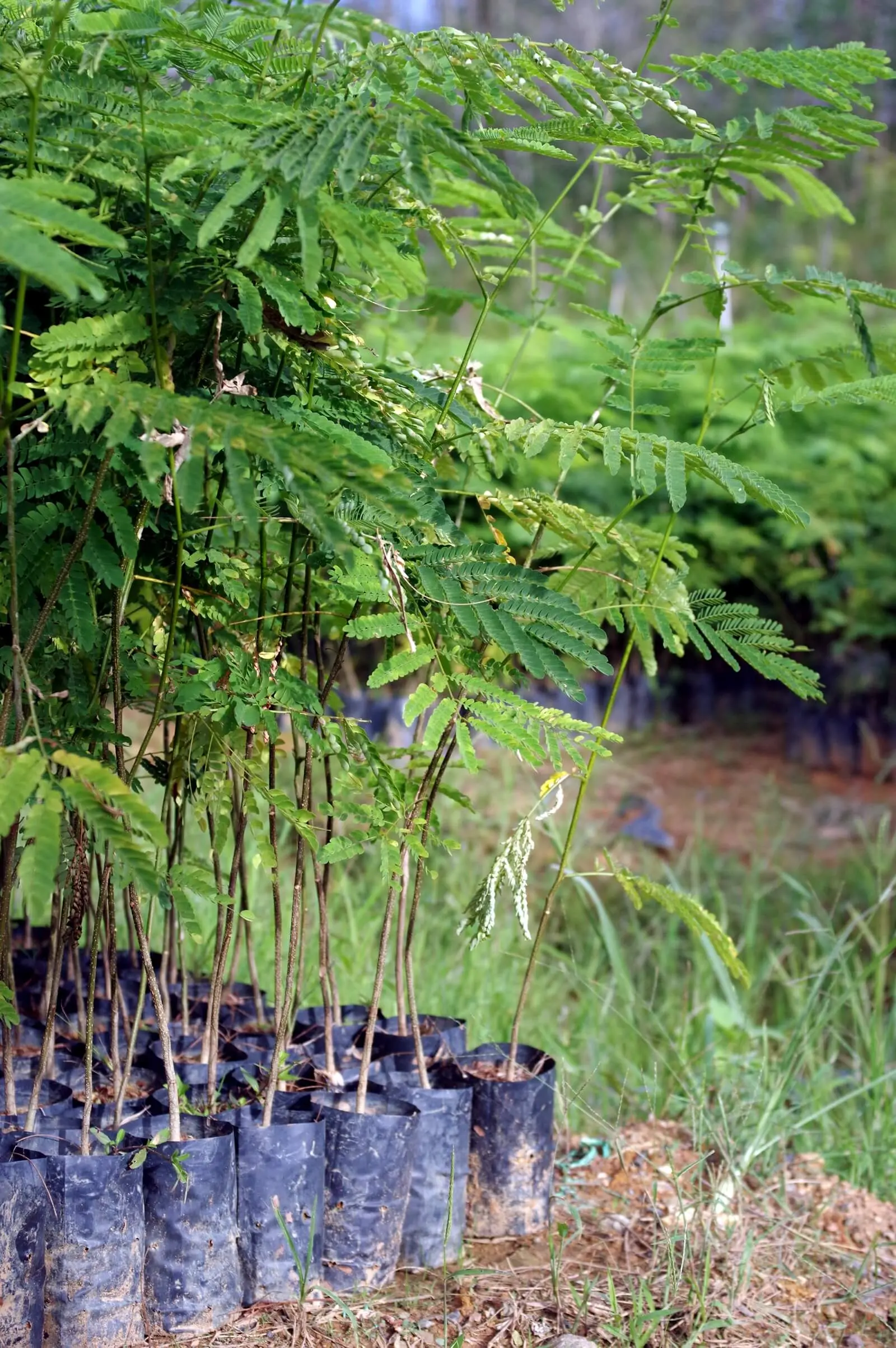
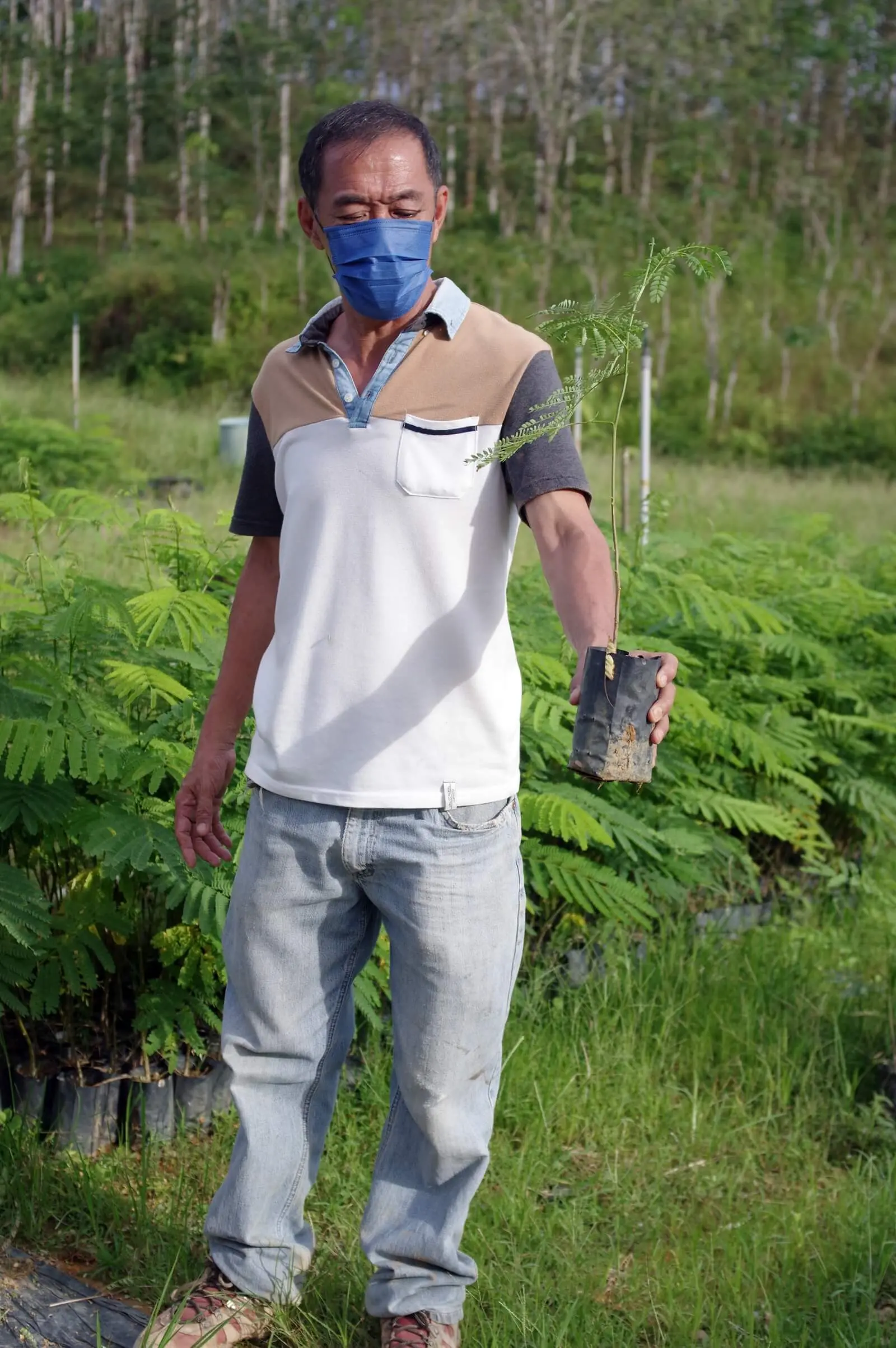
Planters seek profits, and some see opportunities beyond timber and latex. For example, carbon credits. “Forest plantations are ecological projects,” says plantation manager Corinna Cheah. “And big industries will need forests to offset their carbon emissions.”
Trained in law and finance, Cheah manages logging and forest plantation companies in Kelantan for a conglomerate. Field staff nod as they listen to her crisp instructions in her office in Gua Musang. Cheah is enthusiastic about forest plantations.
A few days ago, over lunch with other planters, she proposed they form a “Batai Club” to develop Kelantan into a famous hub for the timber. Her rationale: “We go at it together. We have a common goal, then only we can do it big, do it well.” They liked her idea.
For now, carbon credits is a vague concept for Cheah. But she knows that corporations are willing to pay for tree planting projects and forest plantations. She may also apply for sustainability certifications for her forest plantations.
However, some groups contend that forest plantations that reduce biodiversity to one tree species cannot be sustainable. “A (monoculture) plantation can never be a forest,” writes Sahabat Alam Malaysia. They called for forest plantations to be abolished.
The social impact can also be severe. Orang Asli communities in Kelantan have told Macaranga that they have lost traditional sources of food and materials in the forests to plantations. (Coming up in Part 4 of #LadangHutan)
Cheah and other planters in Kelantan tread carefully when asked about the environmental and social impacts of their activities.
They say they adhere to all required regulations, and that forest plantations are a renewable timber supply that reduces the need to log natural forests.
But cutting forests for logs before establishing a plantation is crucial to partially raise the millions of ringgit needed to develop the site. Some planters told Macaranga they prioritise the value of timber on-site when they decide which areas to lease for plantation.
But some planters do not need logging to raise capital, like Neo Hock Seng. His team bought over a forest plantation company in Gua Musang. The previous owners were loggers who had cleared the site “for a quick profit” and were happy to let him take over, Neo recalls. He even compensated them the RM3000/ha deposit they paid to the forestry department.
He now has leases on about 3,200 hectares in Kelantan reserves. He has already planted 1,000 ha with batai, and a similar area with durians. He explains that the state government allows them to use up to 30% of the land for durians to help their cash flow. Their first durian harvest is due this year.
Neo sees logging natural forests as destructive. In contrast, his work is “conservation through plantations.” He says he had been approached by a “famous foreign furniture manufacturer” seeking “ecologically-friendly wood”, which boosts his belief in the future of forest plantations.
Neo did not respond to Macaranga’s request for the locations of his plantations.
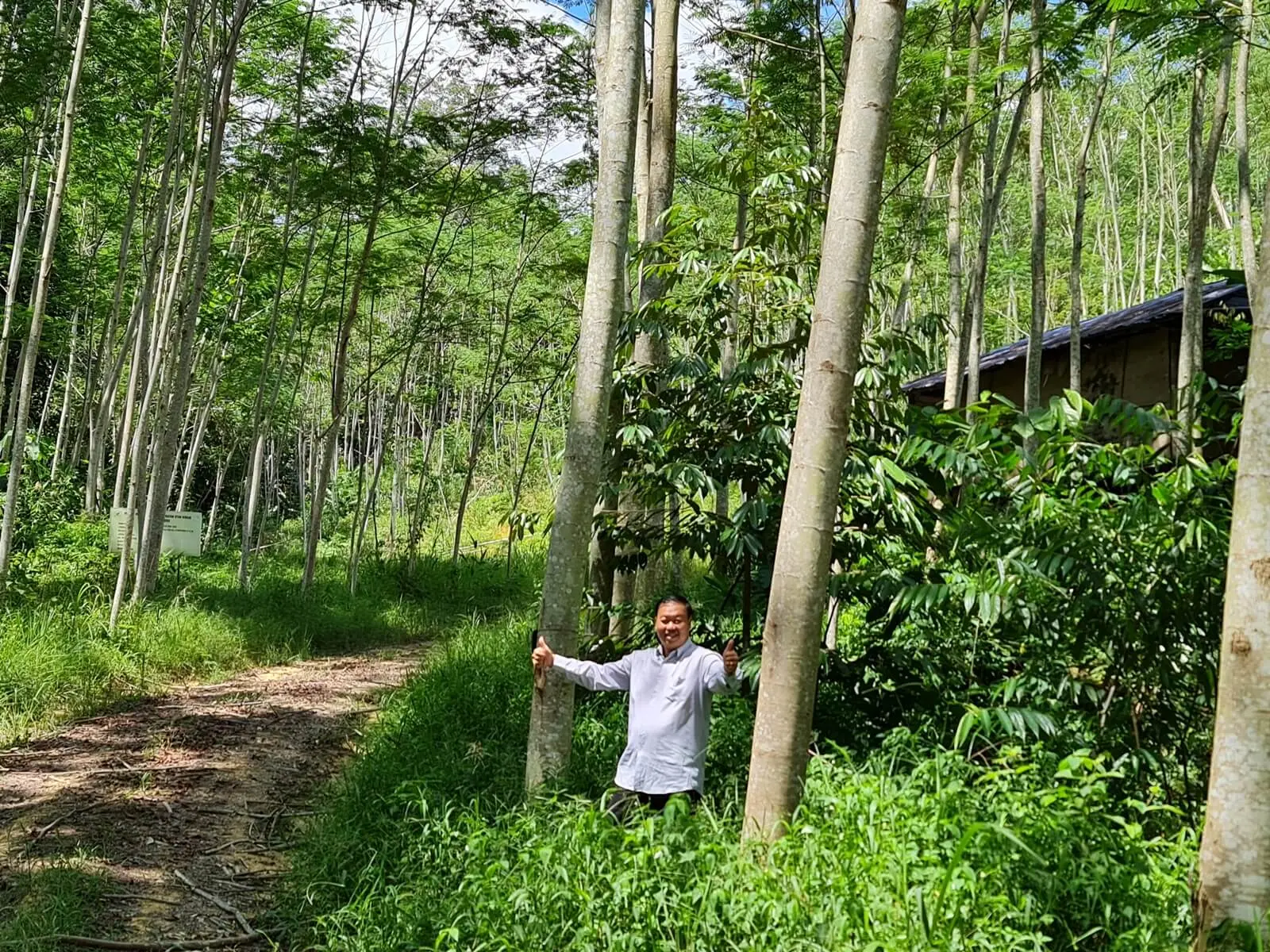
Back in Gua Musang, Kelantan, a town where everyone seems to know at least one planter or logger, Macaranga asks Abdul Khalim his plans before he retires in July 2022.
Would he advise the Kelantan government to approve fewer forest plantations?
“The decision [on forest plantation quota] is set and I cannot disobey [that],” he says. “But deep in my heart, I’m a forester, so even if I can’t get thousands of tree species, I have to make sure the areas are planted.
“At least I get my forest cover. That’s important.”
Abdul Khalim would have to push himself uphill on this last leg of his career. His challenges are many and mired in political and administrative complexities: contracts awarded to planters who fail to plant, staff shortages that undercut planters and foresters, and years of outdated forestry data.
However, whatever small progress he might make or lessons learned would be useful. Not just for Kelantan, but also for other states, especially Pahang. That most forested state in Peninsular Malaysia appears to be clearing reserves way faster than are replanted.
Zahari Ibrahim, the deputy director-general of the Forestry Department in Kuala Lumpur, agrees there are flaws in the implementation of forest plantations in Peninsular Malaysia. But he dishes out optimism and confidence.
He repeats the assurance that the forestry departments will improve monitoring and enforcement of forest plantation regulations.
“We shouldn’t be quick to think badly of [forest plantations] as that would undermine the Forestry Department’s programmes to safeguard the welfare of the environment, economy and society,” he says.
“We secure kepada rakyat that that is our goal.”
In Part 4 of #LadangHutan, an Orang Asli community surrounded by forest plantations in Kelantan shares their plight.
This is the third of our 4-part #LadangHutan series investigating forest plantations in Peninsular Malaysia.
Part 1: Tree Farming Gone Wrong
Part 2: Forest Plantations in Reserves: Quick to Cut, Slow to Grow
Disclaimer: In his field reporting, the reporter was treated to lunches separately by Sia Beng Hock and Abdul Khalim Abu Samah; the reporter’s requests to pay for his own meals were declined.


